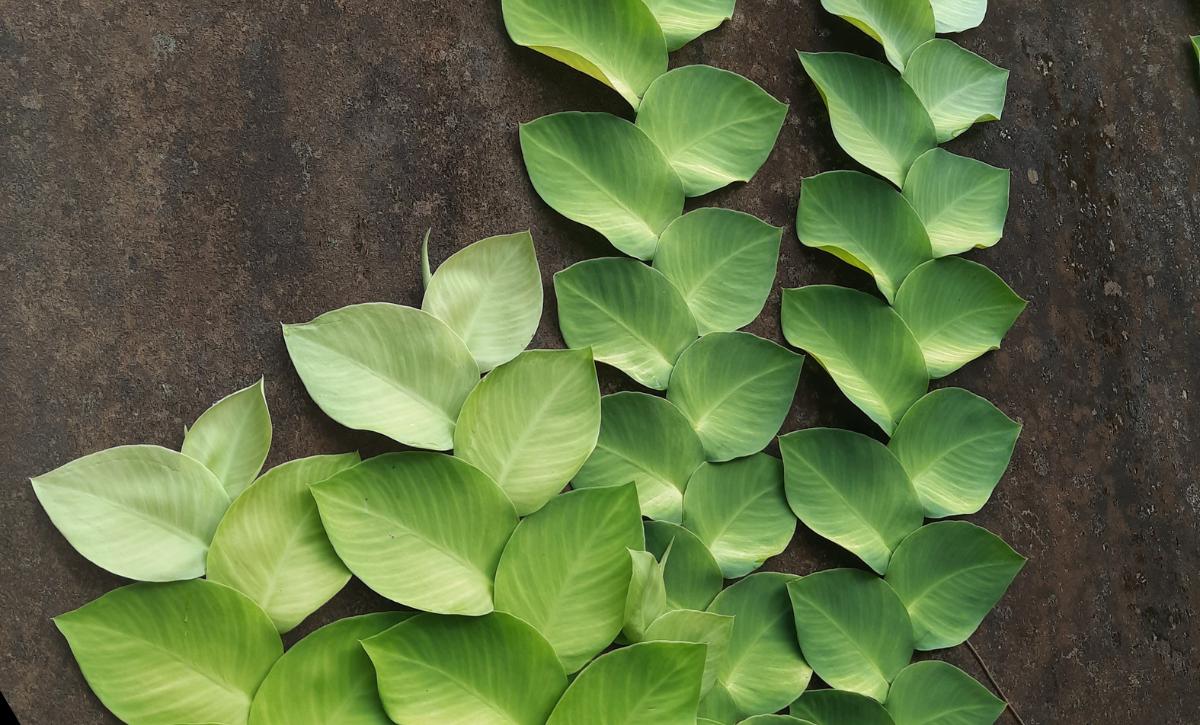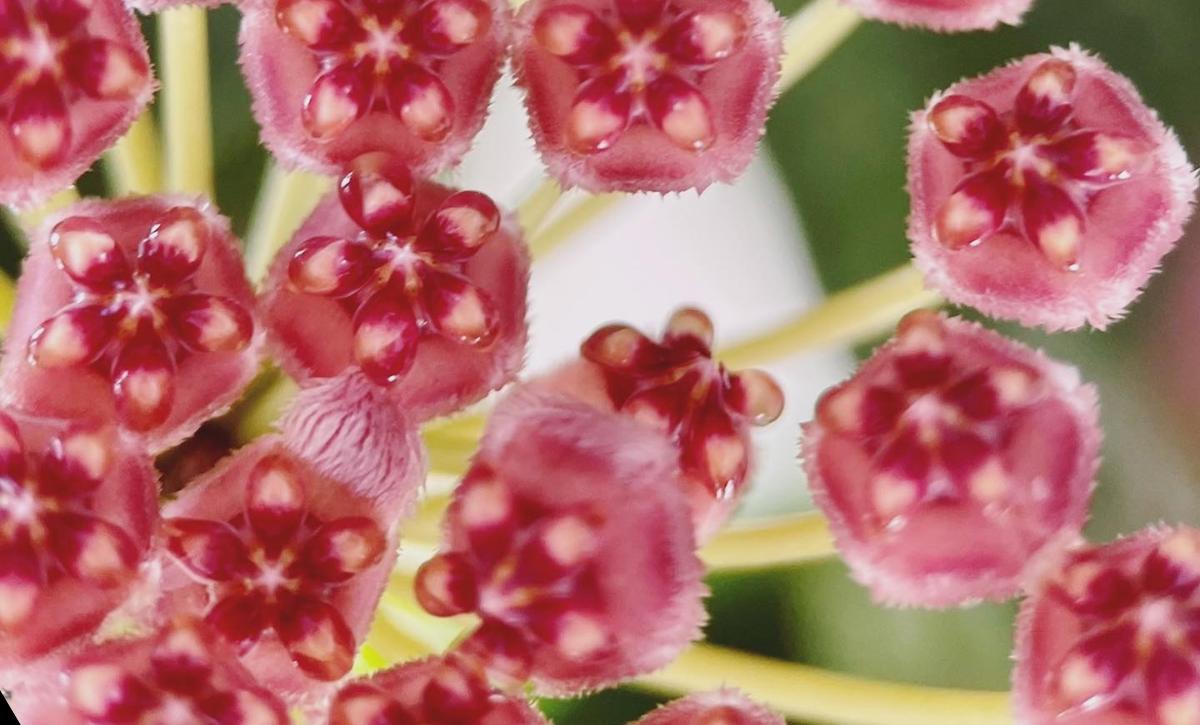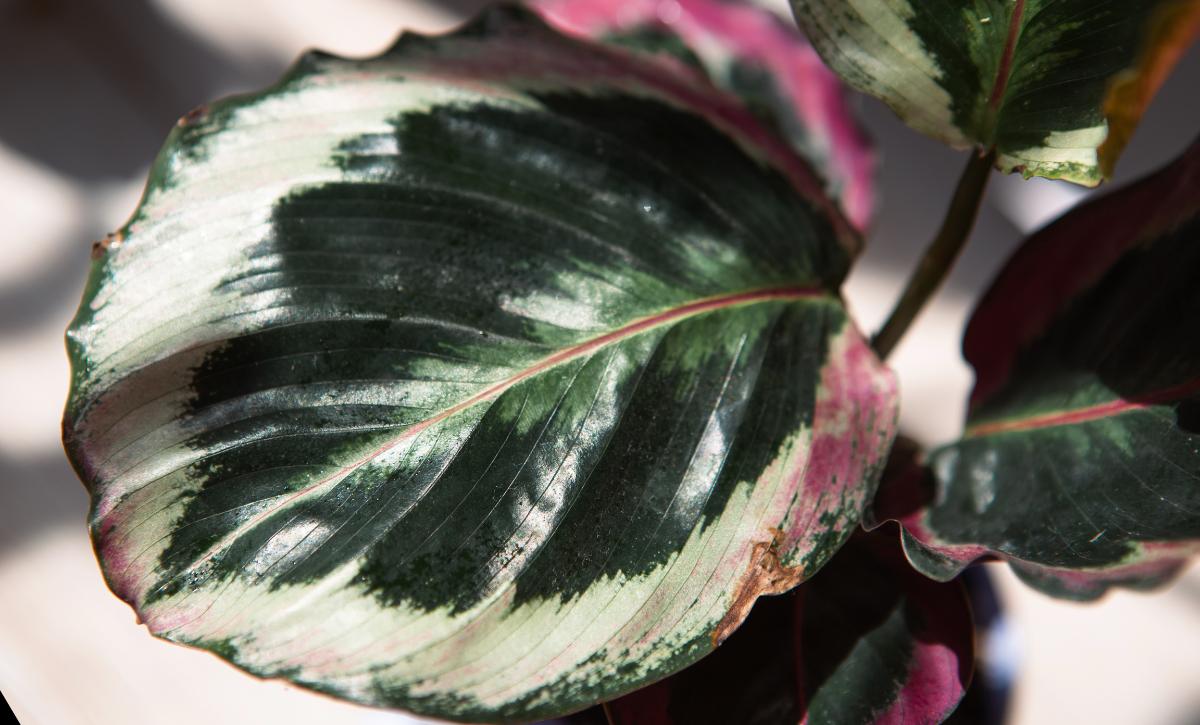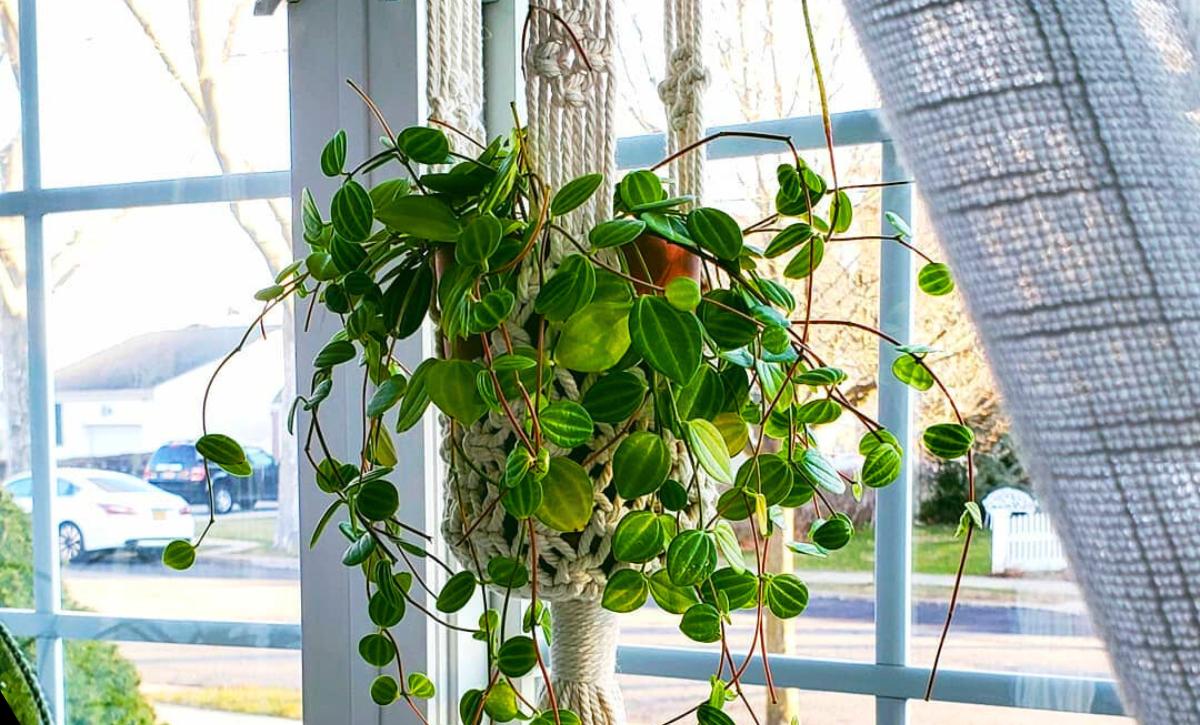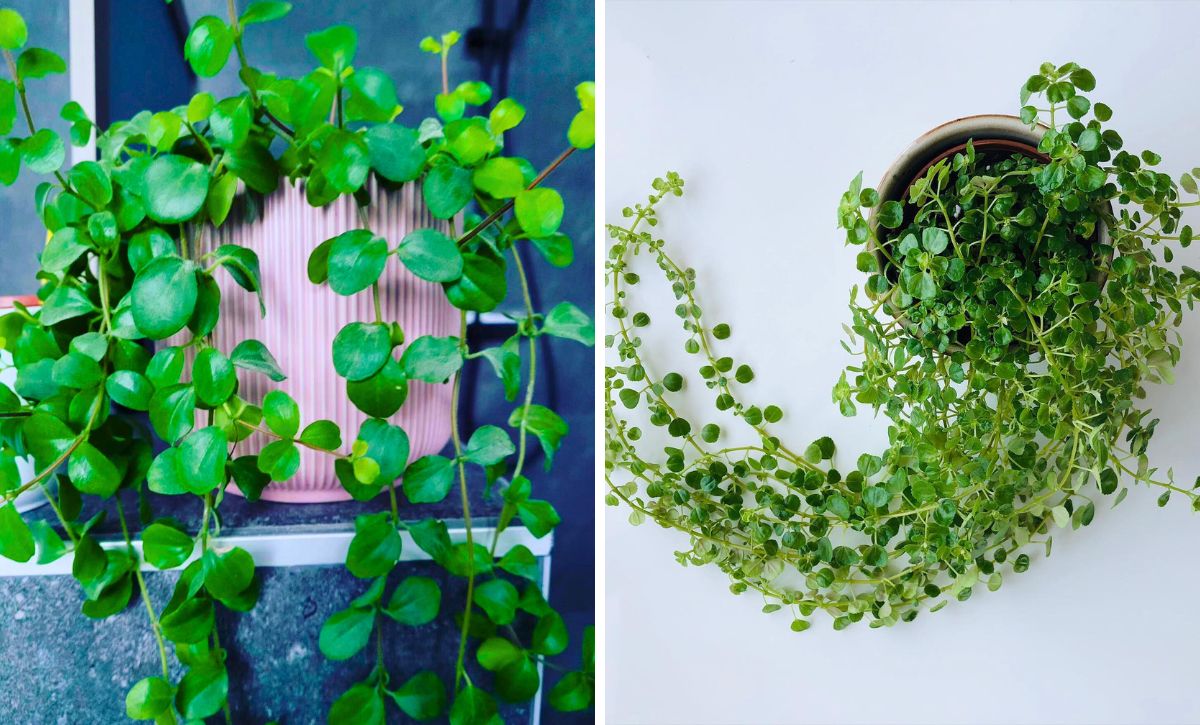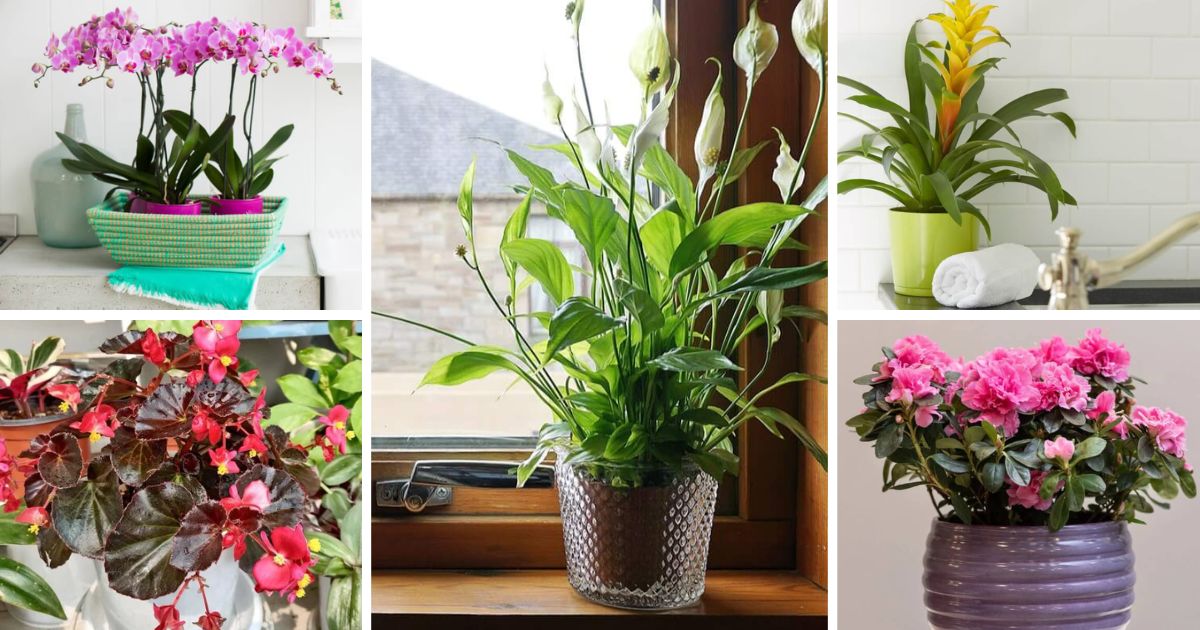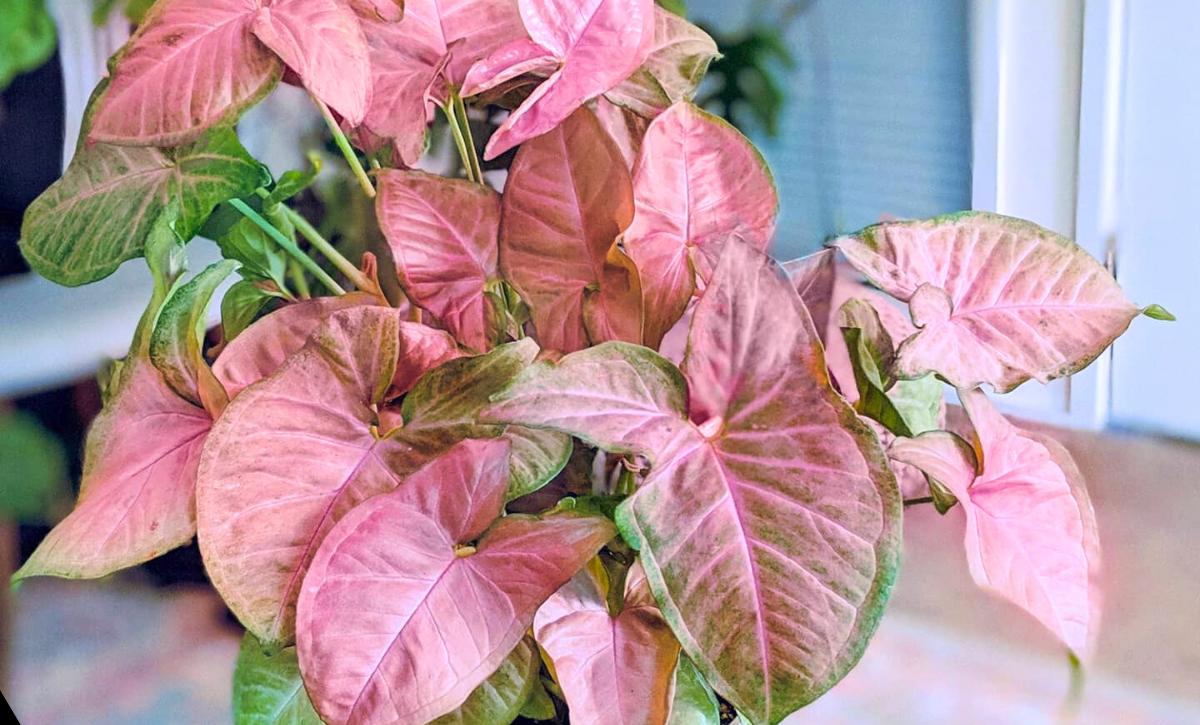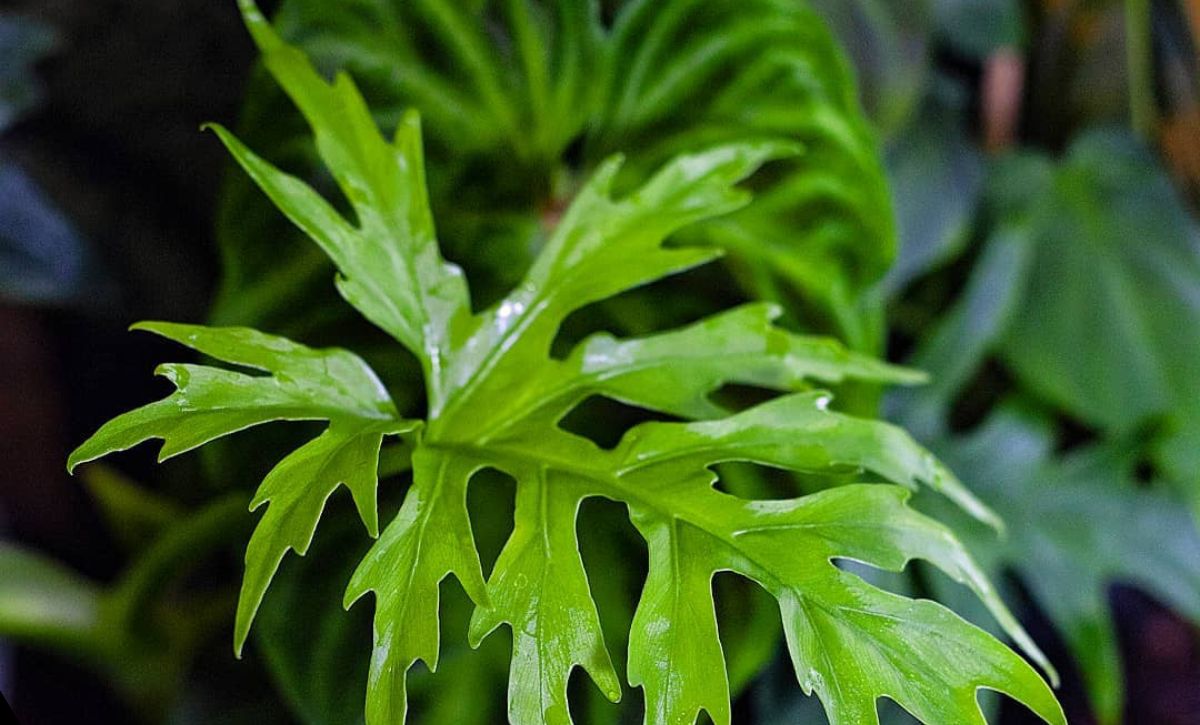An easy way to make your home or office more welcoming and cozier is to decorate its interior with plants.
Nowadays, the variety of seeds offered let us practice our green thumb and create an indoor garden containing even the most exotic plants.
The joy and satisfaction from growing the plants ourselves from tiny seeds are great and the whole process doesn’t require any special skills or environment.
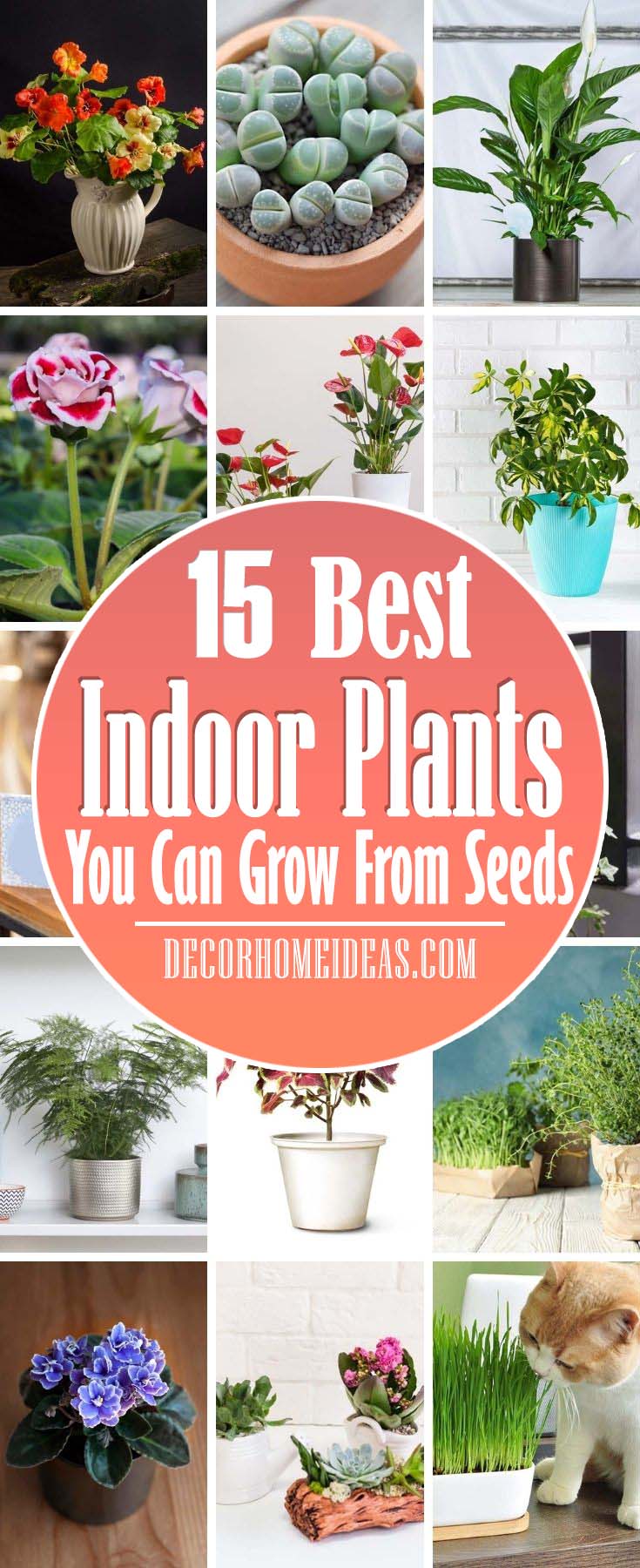
Here you can find a selection and tips for how to grow seeds of blooming and leaf decorative plants.
1. African Violets
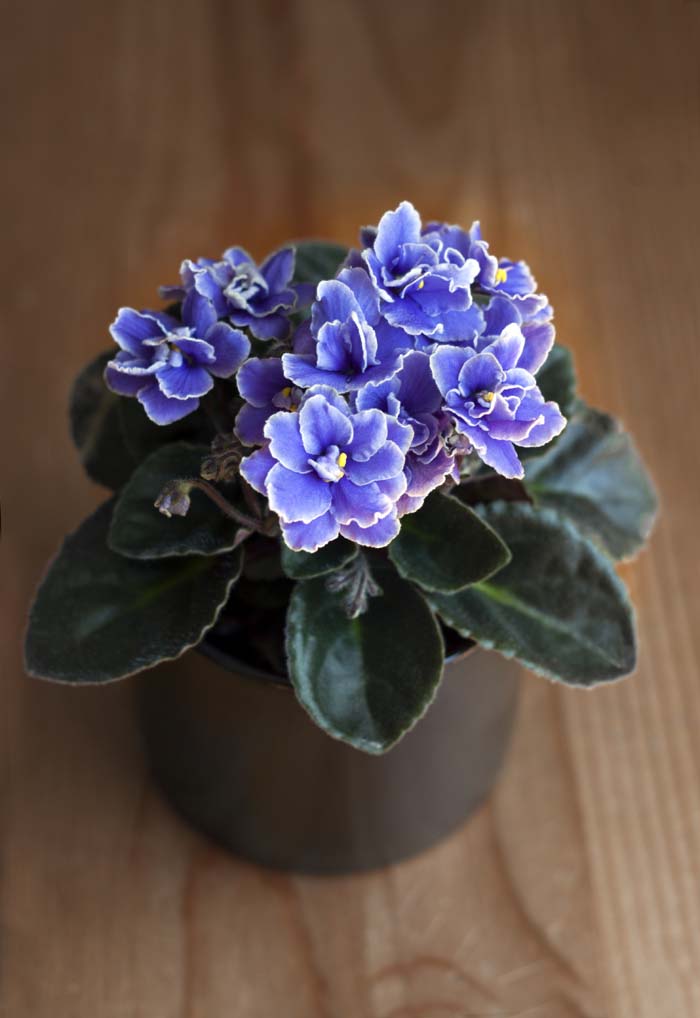
Botanical Name: Saintpaulia
Time: 2-6 weeks
The seeds of the African violet are very very tiny, almost like pencil dots. To ensure proper development of the seeds, first prepare the container where you are going to plant them.
Fill a starter tray or a small pot 3/4 full with potting mix for African violets. Press the top of the soil and then moisten with a spray bottle.
Now the soil is prepared for the sprinkling of the seeds on top of it.
2. Anthurium
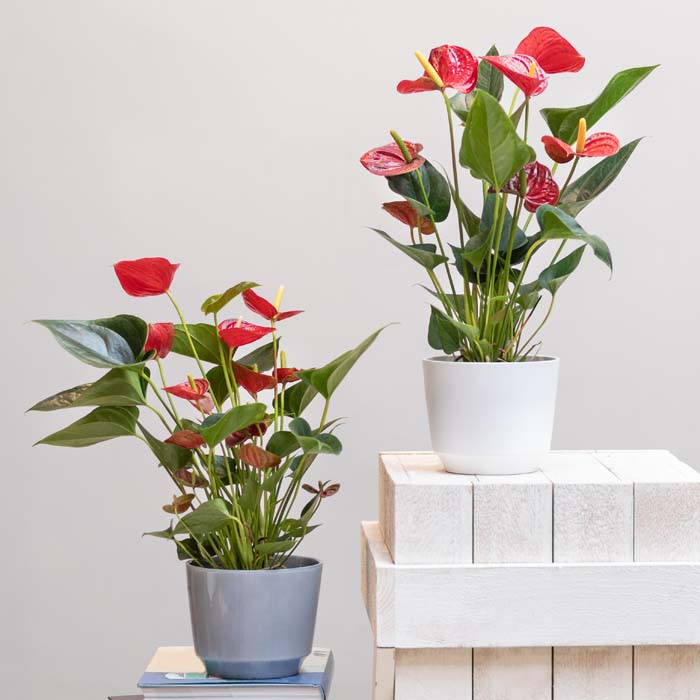
Botanical Name: Anthurium andraeanum
Time: 1-2 weeks
Cultivation of Anthurium is a challenge, however the final result of having at least 20 of this gorgeous plant makes the efforts and time invested worthy.
First sprinkle the seeds on top of a container with soil. Then spray water over and cover with plastic film or glass.
Leave the pot in a room with a temperature of 23-24 °C to let the seeds sprout.
3. Asparagus Fern
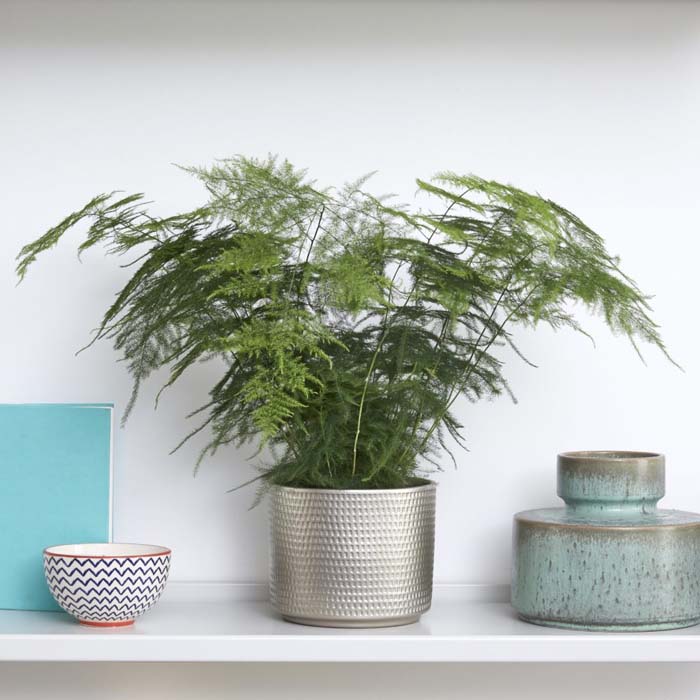
Botanical Name: Asparagus setaceus
Time: 3-7 weeks
This semi-shrub is a fantastic plant that deserves its special place in the home. Propagation with seeds must be done in spring in a light potting mix.
In the summer, when the new plant has shown, plant it into a wider pot with a diameter of 10-12 cm.
The best potting mix for this plant contains equal parts of mold, leaves, soil and sand.
via Patch Plants
4. Cactus
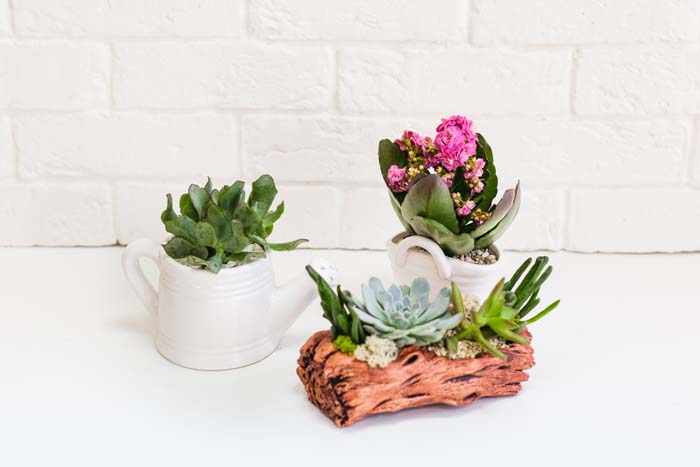
Botanical Name: Cactaceae
Time: 2-8 weeks
The success of growing a cactus from seed is tightly related to the quality of the seeds and the soil.
The best seeds you can use are taken from a mature plant. Wash them well with water and then put them in a sieve. Press them gently with fingers to let the pieces from the fruit separate.
Leave the seeds dry for a couple of days. The best soil for growing your own cactuses is the organic one – perlite mixed with a small amount of charcoal. You can plant the seeds at any time of the year as long as you ensure good conditions like good humidity and temperature between 20 and 25 °C.
5. Cat Grass
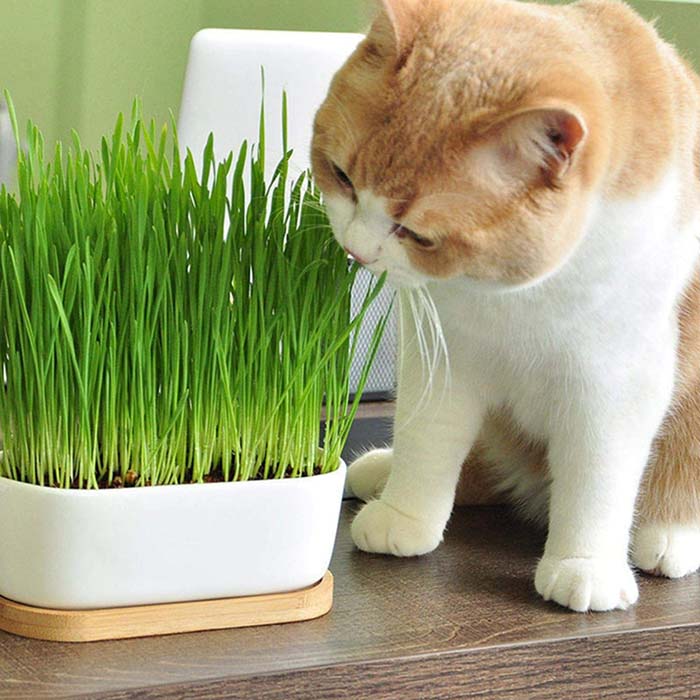
Botanical Name: Dactylis glomerata
Time: 1-2 weeks
Propagating Cat grass from seeds is probably one of the easiest things you would ever do. Just fill the chosen container with soil mix to 1/2″ to 1″ below the rim of the pot.
Then moisten the mix and sprinkle the seeds on the surface. Lightly press the seeds onto the soil to let them develop roots when the sprouts appear.
6. Coleus
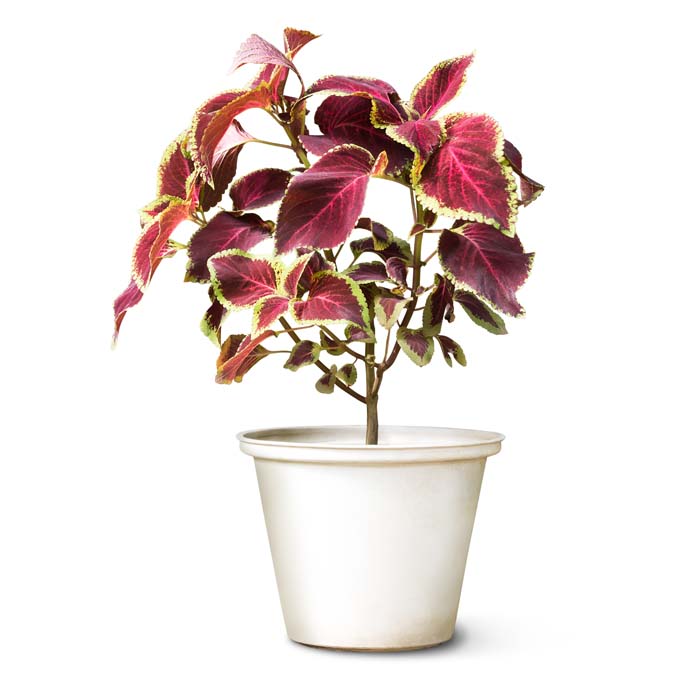
Botanical Name: Coleus scutellarioides
Time: 2-4 weeks
Getting Coleus seeds is easy, growing the plant from seeds, too. Start by filling the container with damp potting soil.
Then sprinkle the seeds evenly on the top of it. Cover the container with a layer of potting soil and then with a plastic film.
The best place for the seeds to grow is a warm space with bright but indirect light.
Once the sprouts appear, remove the plastic.
Related: 15 Amazing Tricolor Houseplants To Add To Your Home
7. English Ivy
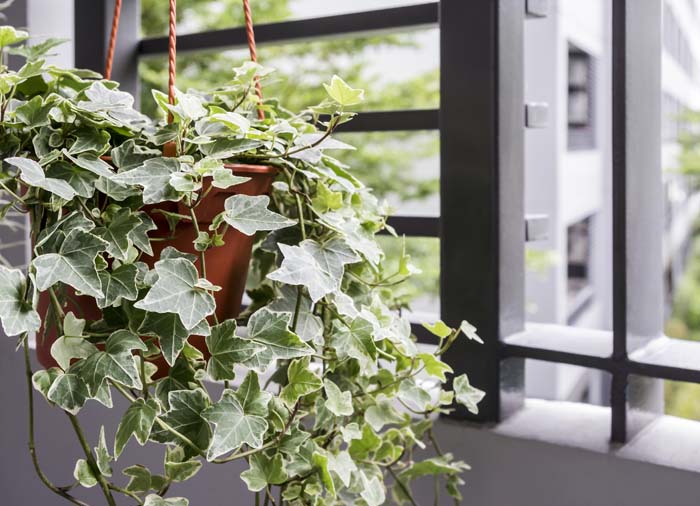
Botanical Name: Hedera helix
Time: 3-5 weeks
Growing Ivy from seeds requires some preparation. Firstly, keep the seeds in the refrigerator for 30-60 days.
Then soak them in water overnight which will help the germination process.
Each seed must be planted in a separate container filled with high-quality potting mix. Once the seed is placed in it, press it gently into the soil.
Keep the soil moist but not saturated until the sprouts appear.
8. Gloxinia
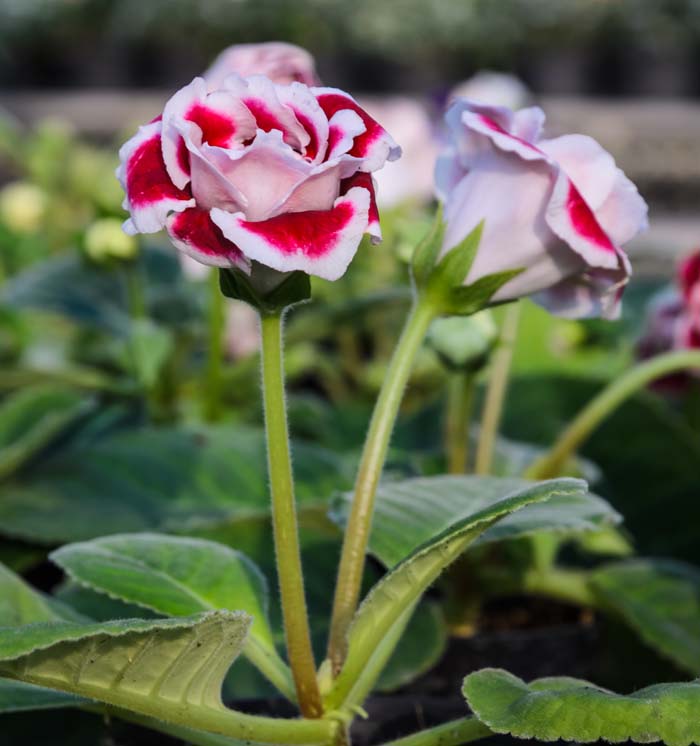
Botanical Name: Sinningia speciosa
Time: 1-3 weeks
Although typically seen in the gardens, Gloxonia is so beautiful that it should also beautify the internal part of our homes.
Since the roots of this plant are thin and transplanting can damage the plant, carefully choose a pot that will be good for growing the mature plant.
A 4- to 6- inch should be filled with African violet potting soil. Sieve an additional layer of soil on top which will provide enough space between the particles for the seeds to germinate.
Moisten the soil and then push the seeds gently into it.
Cover the pot with a plastic bag and then seal it well to ensure a humid environment.
Your seeds will germinate in 3 or 4 days which means that the bag can be removed.
9. Herbs
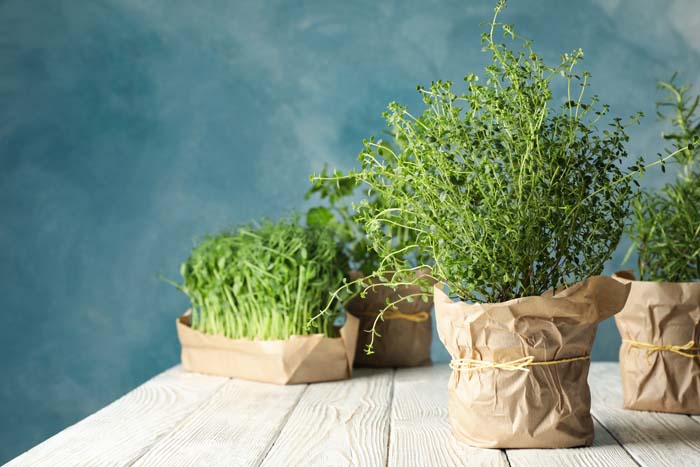
Time: 2-4 weeks
Herbs can be grown indoors and outdoors. The plus of having them inside means a nice aroma, fresh herbs for meals and green touches for the interior.
Whichever seeds you decide to grow, make sure to prepare large enough containers and divide a place with good light.
The seeds are planted according to their size. The bigger the seed is, the deeper it should be pressed into the soil. Moisten regularly and if the temperatures are not high enough, cover the pots with plastic films until the sprouts appear.
10. Lavender
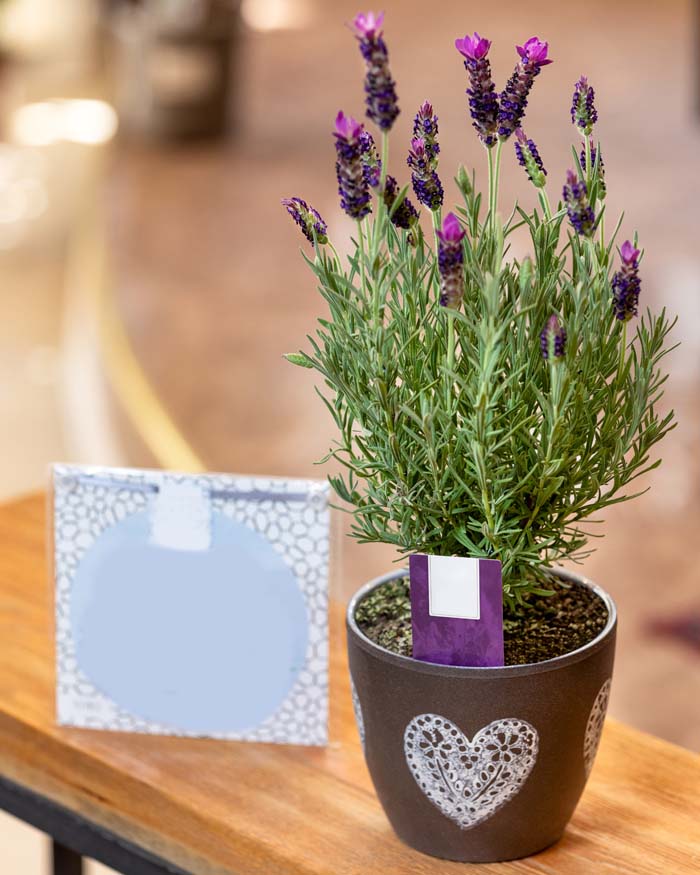
Botanical Name: Lavandula angustifolia
Time: 1-2 weeks
Lavender is known for its numerous benefits- starting from the calming aroma to its antibacterial effect.
Growing it from seeds indoors is not a difficult task at all. Firstly, we suggest that you choose a container that is big enough to let it mature as a shrub.
Lavender likes light so make a special place for it on the windowsill. Before planting the seeds, soak them in water overnight. On the next day, remove those seeds that have emerged and use only those on the bottom of the container.
The soil should be light and nutritious. Usually, the sprouts appear in 14 days.
11. Living Stone
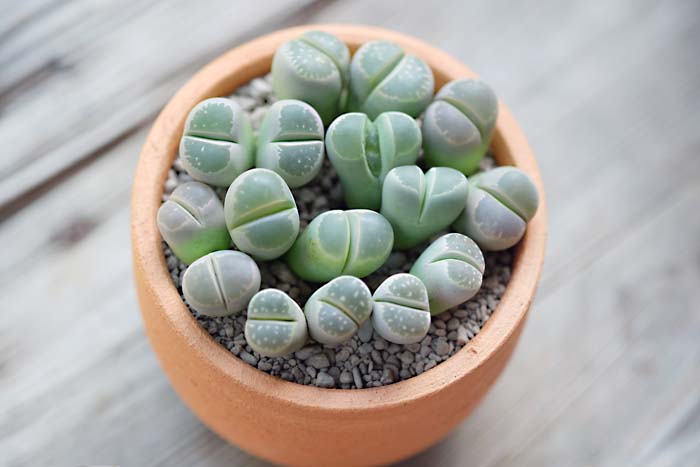
Botanical Name: Lithops
Time: 2-10 weeks
The “living stones”are exotic plants that impress with their shapes and colors, however growing them could be a challenge because the young plants require a lot of special care.
The potting mix for these seeds is also special. It should contain soil, pumice stones, perlite and sand in equal parts. Sieve this mix into plastic containers and then sprinkle the seeds. Cover them with a light layer of sand.
Water the containers well and then cover them with glass. After 3-4 days replace the glass with polyethylene film and start spraying the seeds with water at least once a day.
The sprouts of some seeds will be seen in a week or two.
12. Nasturtium
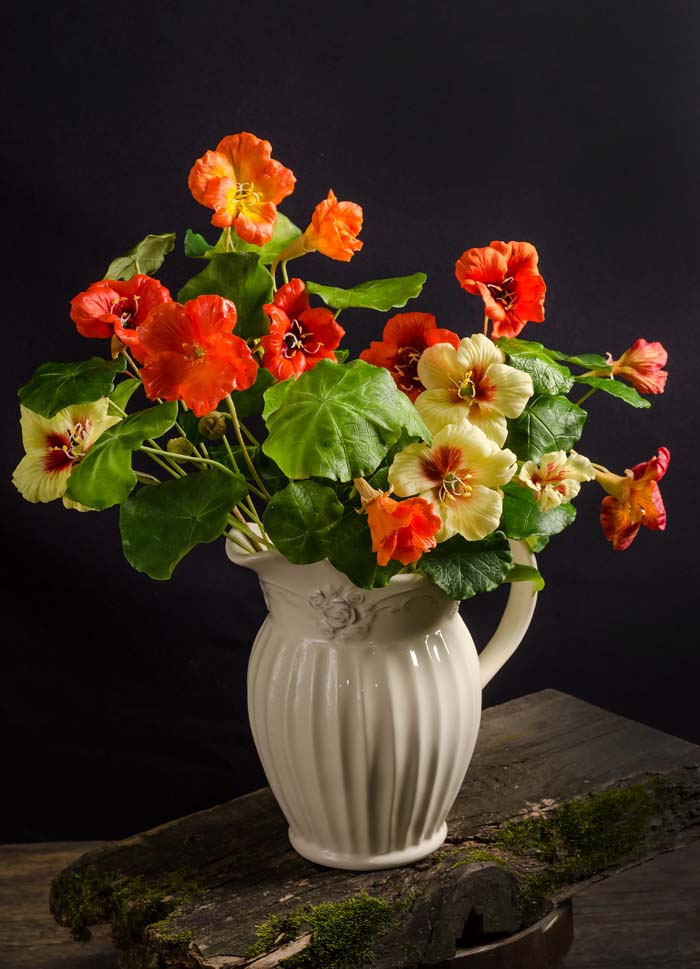
Botanical Name: Tropaeolum
Time: 1-2 weeks
Growing this plant indoors will make you happy not only with its sunny blooms but also with its healthy applications.
Prepare a large container because the Tropaeolum makes big tufts when it matures. The bottom of the pot should be covered with a layer of pebbles or small stones that will ensure good drainage.
Fill the rest of the pot with a flower potting mix and press the seeds gently into it. The seeds need light and warm temperatures to germinate.
13. Peace Lily
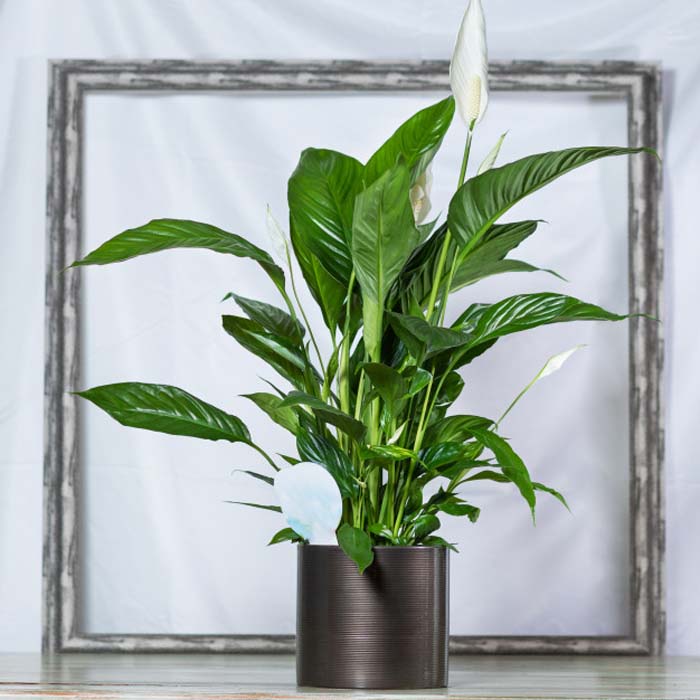
Botanical Name: Spathiphyllum wallisii
Time: 1 week
The key to growing your own Spathiphyllum from seeds is to get fresh seeds so make sure to read the date of production when you buy the package.
Prepare a flat container with drainage. Cover it with a potting mix containing sand and soil in equal parts.
Sprinkle the seeds on top and cover them with a very thin layer of soil.
The germinating requires protection of the container with glass and high temperatures between 24-25 °C.
Spray the seed with water regularly and take the glass off for some minutes to let the seeds breathe.
Once the sprouts develop 2-3 leaves, it is time to transplant them.
14. Schefflera
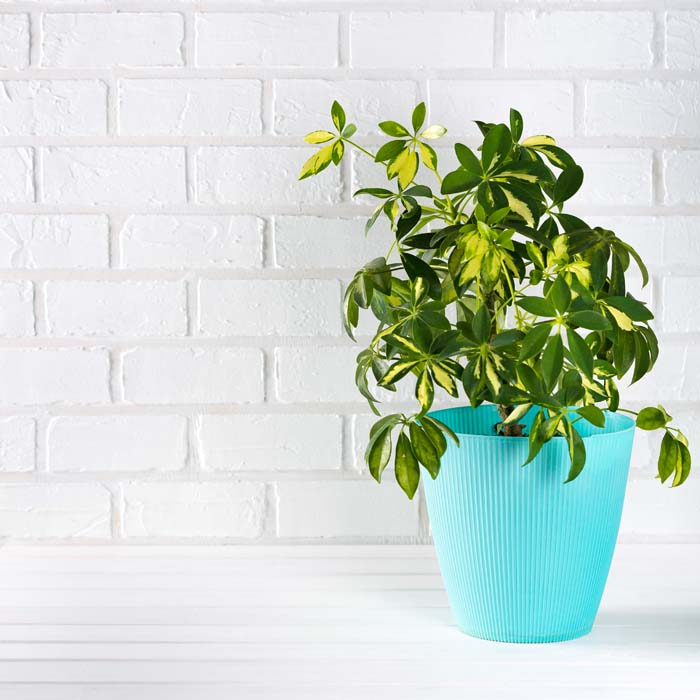
Botanical Name: Schefflera arboricola
Time: 2-6 weeks
The most suitable container for the growing of your Schefflera seeds is a shallow plastic food container. Make some holes on its bottom to ensure good drainage.
The soil that will let the seeds germinate is a palm potting mix or mixture between hummus, peat and sand (1:1:1).
Before placing the seeds into the container, soak them in warm water for 8 hours. Press them 2 cm deep into the soil and moisten them with sprayed water.
Cover the plastic container with glass and leave the seeds to develop in a warm environment.
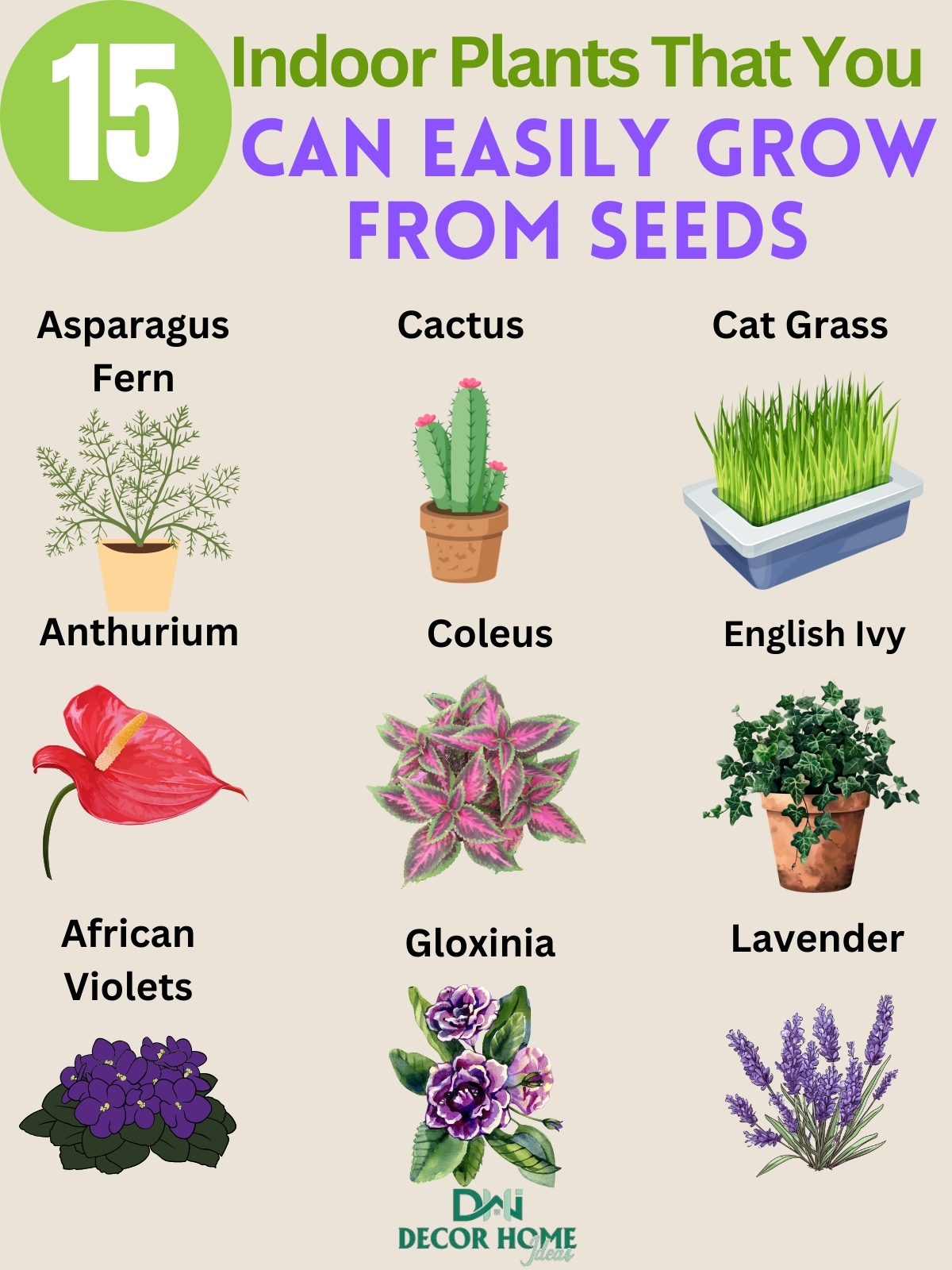
Growing indoor plants from seeds is a rewarding and budget-friendly way to bring lush greenery into your home.
Coleus and Gloxinia are perfect for adding vibrant colors, while Lavender and Anthurium offer fragrant and exotic appeal.
If you’re looking for easy-care greenery, Asparagus Fern and English Ivy thrive effortlessly.
For pet owners, Cat Grass is a great choice, providing fresh greens for furry friends. Whether ornamental or functional, these plants are a fantastic way to start your indoor gardening journey.


